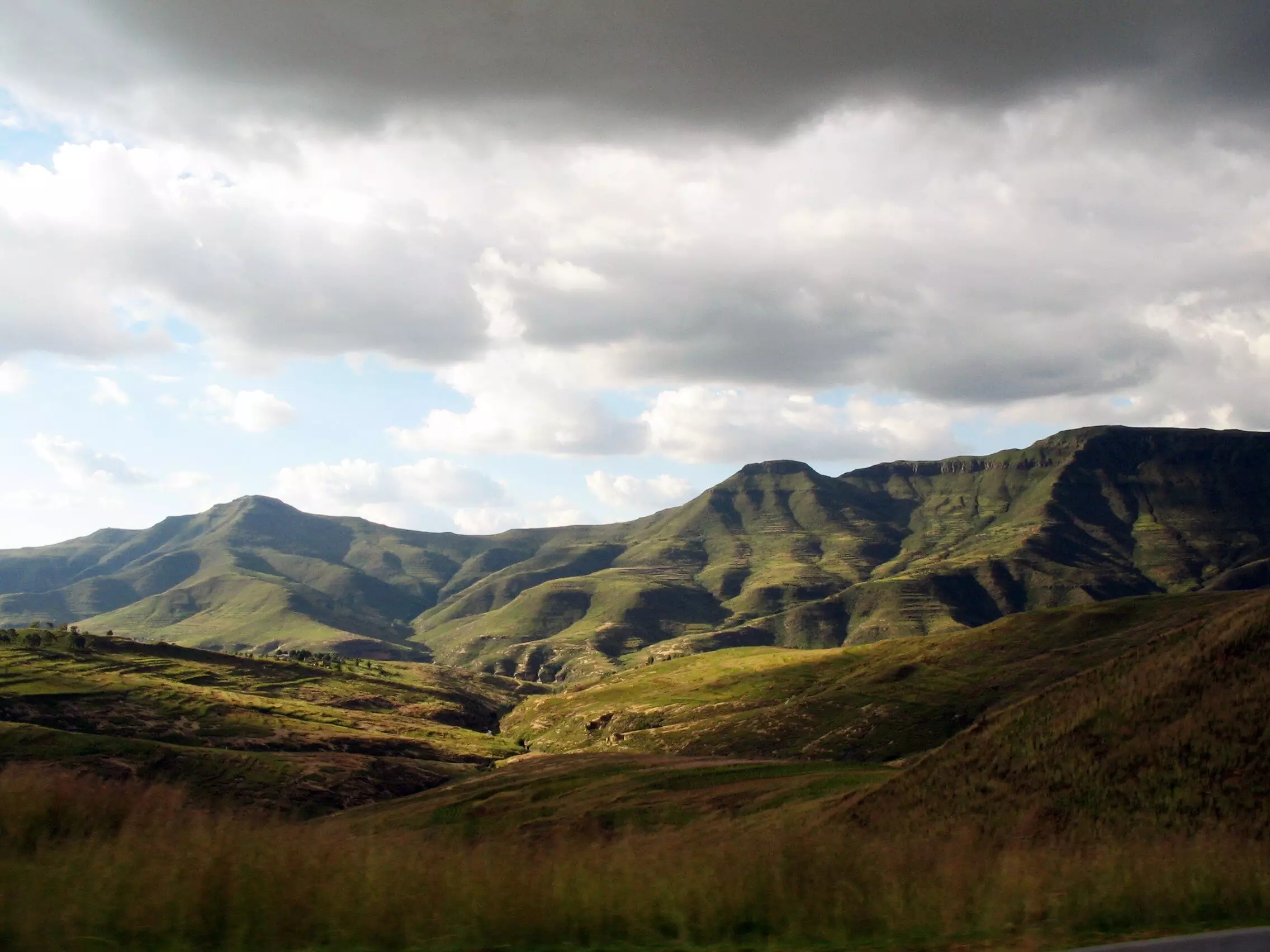The evolution of Earth’s landscapes is a captivating narrative woven through millions of years of geological processes. The gradual rise of stable regions within continents—known as cratons—has stumped geologists for decades, particularly in understanding how these areas transform into significant topographical features like plateaus and escarpments. Recent findings from a research team at the University of Southampton have shed light on some of these elusive processes, revealing a connection between tectonic activity and vertical land movements that lead to the formation of some of the planet’s most striking geological formations.
In a study published in the prestigious journal *Nature*, Professor Tom Gernon and his team investigated critical questions surrounding the relationship between continental rifting and the resulting landscape evolution. The researchers discovered that when tectonic plates undergo rifting—essentially breaking apart—they trigger powerful seismic waves deep within the Earth’s mantle. This mechanism can lead to significant uplift of continental surfaces, in some cases exceeding a kilometer in height. The results of this research not only elucidate the nature of stable regions within continents but also provide a foundation for understanding how forces originating deep within the Earth contribute to the dramatic landscapes we observe today.
To understand better how these geological formations come to be, the team utilized advanced computer modeling to simulate the responses of the Earth’s surface to continental breakup events. These simulations revealed intriguing patterns indicating that the mantle waves generated during rifting move slowly beneath the continents at a rate comparable to major erosion events observed in regions like southern Africa. The research suggests that these mantle disturbances can displace extensive layers of rock, leading to significant erosion and uplift over immense geological timeframes.
Professor Sascha Brune, a key contributor to the study, likened the process to a hot-air balloon shedding weight—an analogy that underscores the concept of isostasy, where the removal of material allows for upward movement in the continental crust. This dynamic mechanism appears to underline not just the creation of breathtaking landscapes, but also the continuous evolution of habitat conditions that influence ecosystems and climatic patterns over vast regions.
One of the central revelations of the study centers on the formation of Great Escarpments, dramatic cliffs that have long been a subject of geological curiosity. The researchers propose that these features originate at the edges of ancient rift valleys, akin to the steep walls seen in places like the East African Rift. Such interpretations draw connections between historical tectonic events and present-day landscapes, suggesting a continuity of geological transformation that spans millions of years.
Moreover, the findings imply that as rifting advances, it sets off a chain reaction of mantle movements that drive long-lasting erosion processes. This creates elevated plateaus, such as the Central Plateau of South Africa, which exhibit stability despite the significant removal of rock layers beneath them. The study concludes that rifting phenomena lead to mantle convection cells, which profoundly influence surface features, erosion rates, sediment deposition, and even the availability of natural resources across continents.
This research also posits broader implications beyond geological science, hinting at how mantle instabilities can impact regional climates and biodiversity. The dynamic interplay between tectonics and surface processes may have ramifications for ancient climatic conditions, thereby affecting the patterns of human settlement and ecological diversity. The team suggests that understanding these mechanisms can lead to insights into how past geological events have shaped the present state of the Earth’s ecosystems.
Henry Jones, another vital member of the research team, noted that recognizing these geological interactions is essential for appreciating how Earth’s landscapes evolve and adapt. He emphasized that such disturbances from deep mantle processes could lead to crucial changes in climatic conditions that ancient civilizations experienced, thus intertwining geology with anthropological studies of human history and settlement patterns.
The research emerging from the University of Southampton represents an exciting step forward in our understanding of the intricate processes that shape our planet’s surface. By unveiling the complex interactions between tectonic forces and landscape evolution, this study not only addresses long-standing questions in geological science but also opens the door for future research. As we continue to explore these profound interconnected systems, our grasp of Earth’s dynamic processes will deepen, revealing even more about the history, present, and future of our planet. The quest for understanding the forces that shape our world is far from over, and findings like these are crucial for advancing both scientific knowledge and environmental stewardship.


Leave a Reply